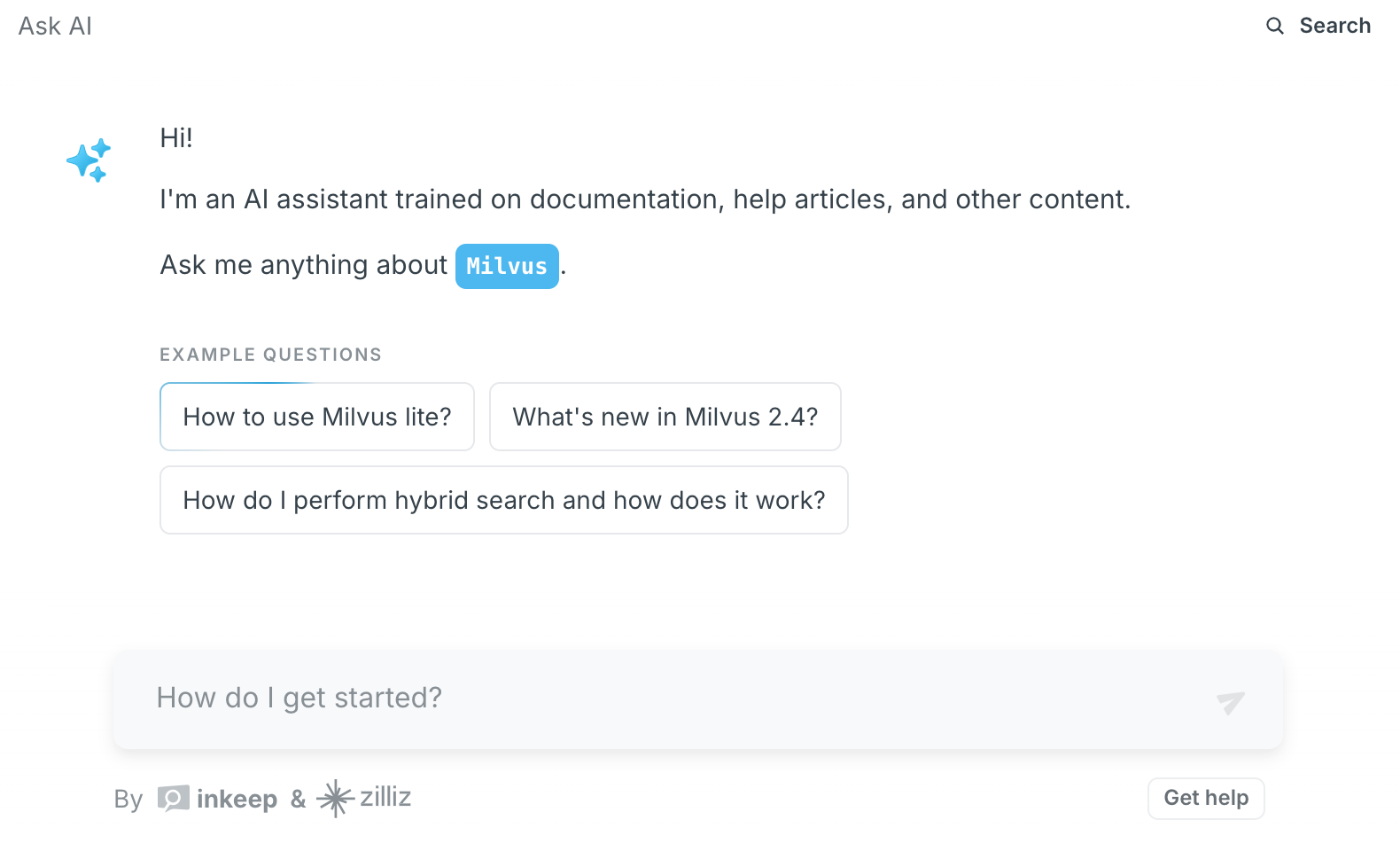In the realm of vector databases, retrieval strategies are pivotal for efficiently accessing and utilizing large volumes of data. A single-step retrieval strategy involves fetching data in one go based on a single query input. While this method is straightforward and often efficient, it can fall short in scenarios where nuanced or complex data relationships are involved. In contrast, a multi-step retrieval strategy, which involves a series of iterative queries or interactions, can significantly enhance the quality and relevance of the retrieved results in such cases.
A single-step retrieval strategy may fail in scenarios where the data is highly interconnected or when the query requires context that is not immediately apparent. For instance, if a user is searching for “recommended books for machine learning beginners,” a single-step retrieval might return a list of books tagged with “machine learning” without discerning their suitability for beginners. Here, a multi-step approach could involve an initial retrieval of books tagged with “machine learning” followed by filtering based on user reviews, ratings, or expert recommendations specifically for beginners.
This inadequacy often arises when dealing with large-scale, complex datasets where the relationships between data points are not explicitly defined. Single-step retrievals are generally based on direct matching, which can overlook implicit connections that require deeper analysis or additional criteria.
Detecting scenarios where a single-step retrieval strategy might fail can be approached by analyzing the complexity and nature of the queries. Queries that involve subjective criteria, such as “best,” “recommended,” or “most suitable,” often benefit from a multi-step approach. Additionally, queries that cover multiple dimensions or require data integration from diverse sources are indicators that a multi-step strategy might be more effective.
Benchmarking these scenarios involves creating test cases that reflect real-world complexities. By evaluating the performance of single-step versus multi-step retrieval strategies in these cases, one can measure improvements in accuracy, relevance, and user satisfaction. Metrics such as precision, recall, and user engagement (e.g., click-through rates or time spent on page) can serve as indicators of success.
Ultimately, understanding when and why a multi-step retrieval strategy would outperform a single-step approach allows for more tailored and effective use of vector databases, ensuring that data retrieval is both comprehensive and contextually relevant. This understanding not only optimizes performance but also enhances user experience by delivering results that align closely with user intent and expectations.
